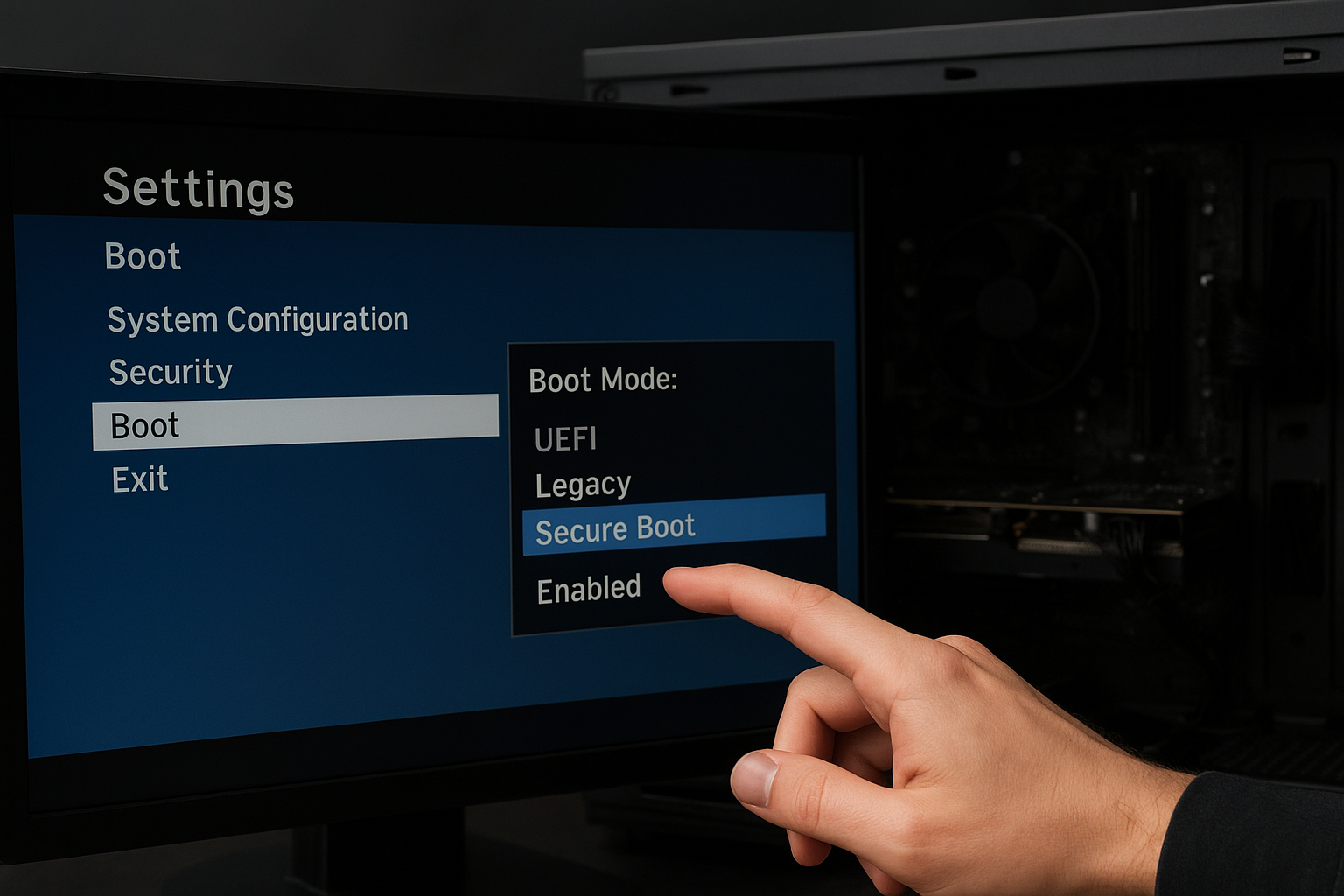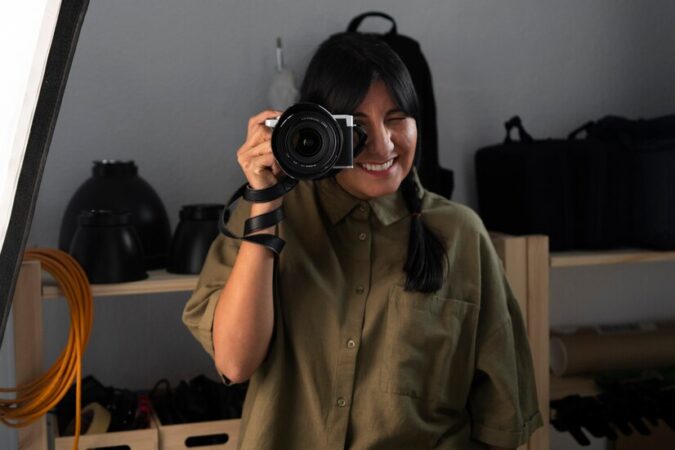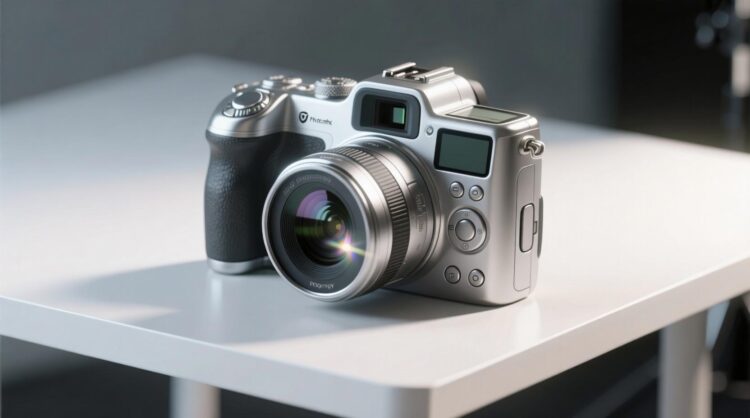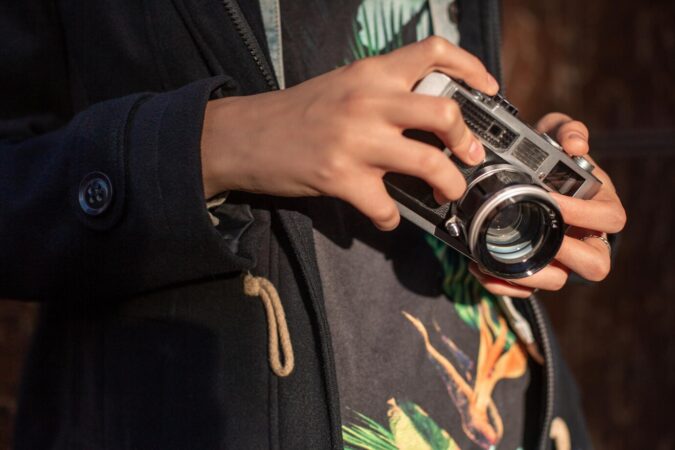
- 1. Start with a Disposable Camera Before Committing
- 2. Invest in an Affordable Compact Film Camera
- 3. Scour the Secondhand Market for Classic Cameras
- 4. Stick to Popular Film Stocks for Affordability
- 5. Master Exposure to Minimize Waste
- 6. Develop and Print Strategically
- Embracing the Art of Film Photography on a Budget
How To For You – In an era where digital technology dominates, film photography is making a remarkable comeback.
While the market is flooded with high-resolution mirrorless cameras boasting lightning-fast autofocus and staggering megapixel counts, an increasing number of photographers both seasoned and new are rediscovering the charm of analog photography.
However, one undeniable challenge exists: the cost. With film prices surging due to limited production, shooting on a budget requires strategy. Here’s how you can embrace the magic of film photography without breaking the bank.
1. Start with a Disposable Camera Before Committing
For those intrigued by film but hesitant to invest in equipment, disposable cameras offer a low risk entry point.
Priced under $20, brands like Harman provide single use cameras preloaded with quality film, such as the Ilford HP5 Plus for black-and-white photography.
While these cameras lack manual controls, they deliver an authentic film aesthetic, allowing beginners to test the waters before committing to pricier gear.
2. Invest in an Affordable Compact Film Camera
If you’re serious about film, a reusable 35mm camera is a smarter long-term investment. Fortunately, the market has seen a resurgence of budget-friendly options.
The Reto Ultra Wide and Slim, with its ultra-wide 22mm lens, is an excellent choice for beginners, while the Kodak Ektar H35 offers a half-frame format, effectively doubling the number of exposures per roll. These modern analog cameras are lightweight, easy to use, and cost significantly less than vintage SLRs.
3. Scour the Secondhand Market for Classic Cameras
For those seeking greater creative control, the secondhand camera market is a treasure trove. Iconic models like the Canon AE-1, Pentax K1000, and Nikon FE offer full manual exposure control and interchangeable lenses.
While some of these models can exceed $100, many well-maintained alternatives are available for under $50. Platforms like eBay, thrift stores, and local camera shops are excellent places to find hidden gems at a fraction of the cost.
4. Stick to Popular Film Stocks for Affordability
Experimenting with different film stocks is an exciting part of analog photography, but some specialty films come with hefty price tags.
For budget conscious shooters, Ilford HP5 Plus (black and white) and Kodak Gold 200 (color) are affordable and versatile choices, priced under $10 per roll. Buying film in bulk also provides significant savings, ensuring you get more exposures for your money.
5. Master Exposure to Minimize Waste
Unlike digital photography, where trial and error is virtually free, film requires precision. Wasted shots translate to wasted money. To maximize results, beginners should learn to read in-camera light meters or invest in an external light meter.
Practicing the exposure triangle—aperture, shutter speed, and ISO—ensures properly exposed images, reducing costly mistakes. As a pro tip, some photographers use digital cameras to gauge exposure settings before capturing the shot on film.
6. Develop and Print Strategically
Film development and printing add another layer of expense, but costs can be minimized with smart choices. Local labs often provide bulk discounts, and home development kits make DIY processing an attractive alternative.
Scanning negatives at home rather than paying for digital conversions also helps save money while retaining creative control over final edits.
Embracing the Art of Film Photography on a Budget
While film photography isn’t the cheapest way to take pictures, its nostalgic appeal and tactile experience make it an irreplaceable medium.
By starting small, making strategic purchases, and refining techniques, photographers can enjoy analog shooting without excessive spending.
Whether you’re a nostalgic film veteran or a curious newcomer, the journey into film photography is a rewarding one proof that some art forms never truly fade away.





